Cartoon Saloon: An Irish Animation Studio that Needs More Attention
Cartoon Saloon is an animation studio that should be appreciated more. They tell unique stories with unique animation, proving that 2D animation is still alive and well.
With trending movements like Me Too, Times Up and Oscars So White, considering the racial and gender representation in popular culture is a topic that people consider important, or at least, worthy of discussion. Hollywood is very slowly making changes in the diversification of television shows and films. The Hollywood Diversity Report 2018, conducted by the University of California Los Angeles, found that positive changes have been made in the last four to five years with growing numbers of “women and people of color in a number of film and television arenas since 2014–15.” This progress is happening very slowly, but it does appear to be happening.
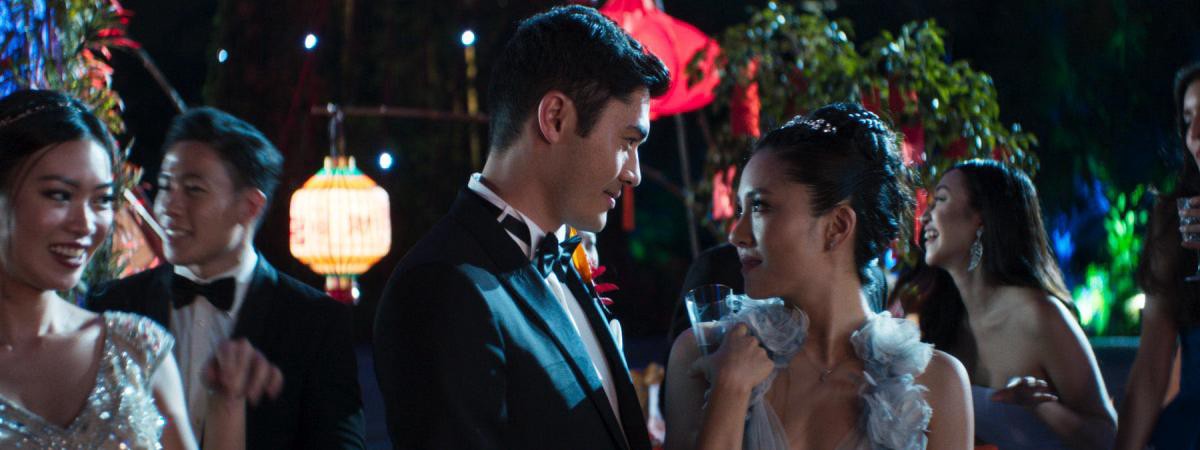
Seeing yourself, or someone who looks like you, represented in pop culture makes the viewer feel that their identity is important, and the more representation that is outside of the typical stereotypes, the more empowered the viewers become, which will saturate society. Representation is important not only for those non-white viewers of pop culture to be able to relate to someone who looks like them, but to allow both non-white and white people to see that stereotypes and assumptions around race and gender are not accurate. In 2016, Michelle Obama explained:
…if you don’t see [people like the Obamas] on TV, and you don’t live in communities with people like me, you never know who we are, and you can make and be susceptible to all sorts of assumptions and stereotypes and biases, based on nothing but what you see and hear on TV.
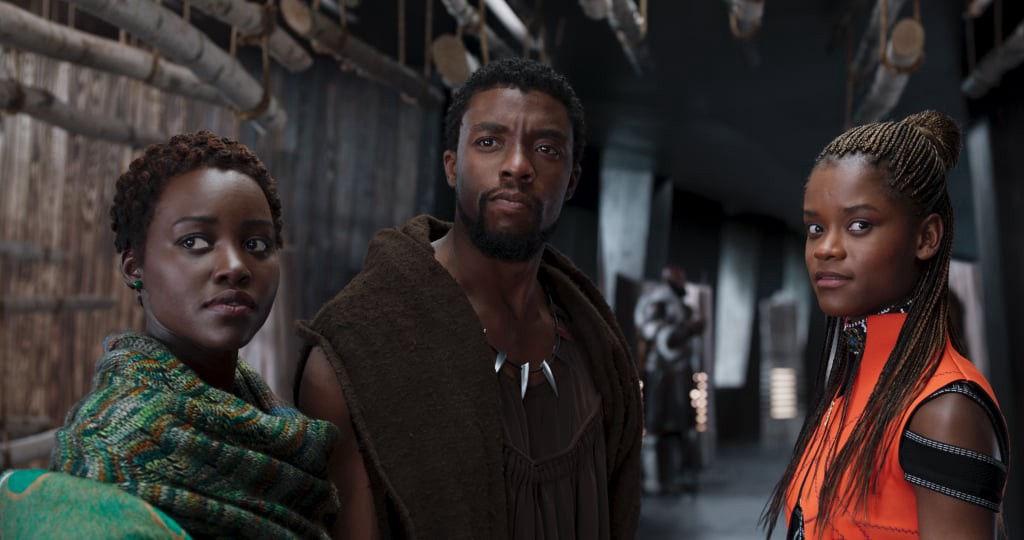
The purpose of analyzing the race and gender of directors and actors is to compare the demography of the filmmakers versus the representation shown in the film. The Hollywood Diversity Report 2018, among other research, explains that there is, and has always been, a majority of white male directors and a majority of white actors working regularly in film and television.
So I decided to code actors and directors in the Box Office Mojo list of actors and their top-grossing films (846) and directors and their top-grossing films (887) and the top 500 lifetime grossing films of all time (2018), not taking inflation into account. Here is what came out:
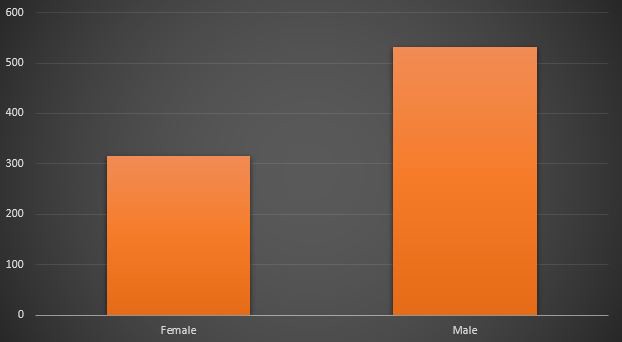
Not bad. Not even — but not as dramatic as it has been in the past. Whether or not the gender representation is fair and not stereotypical is a separate beast.
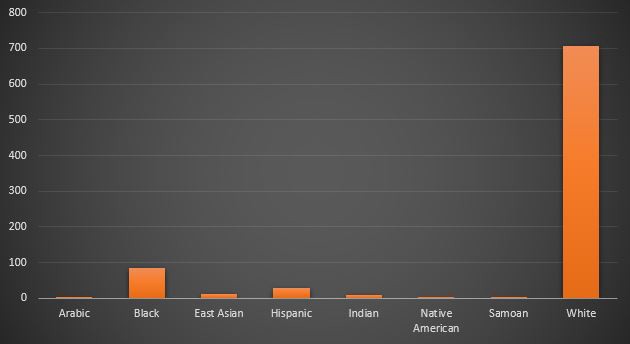
Ouch. Almost every lead actor, male or female, is white.
Now let’s look at the lead actors in the Top 500 Films:
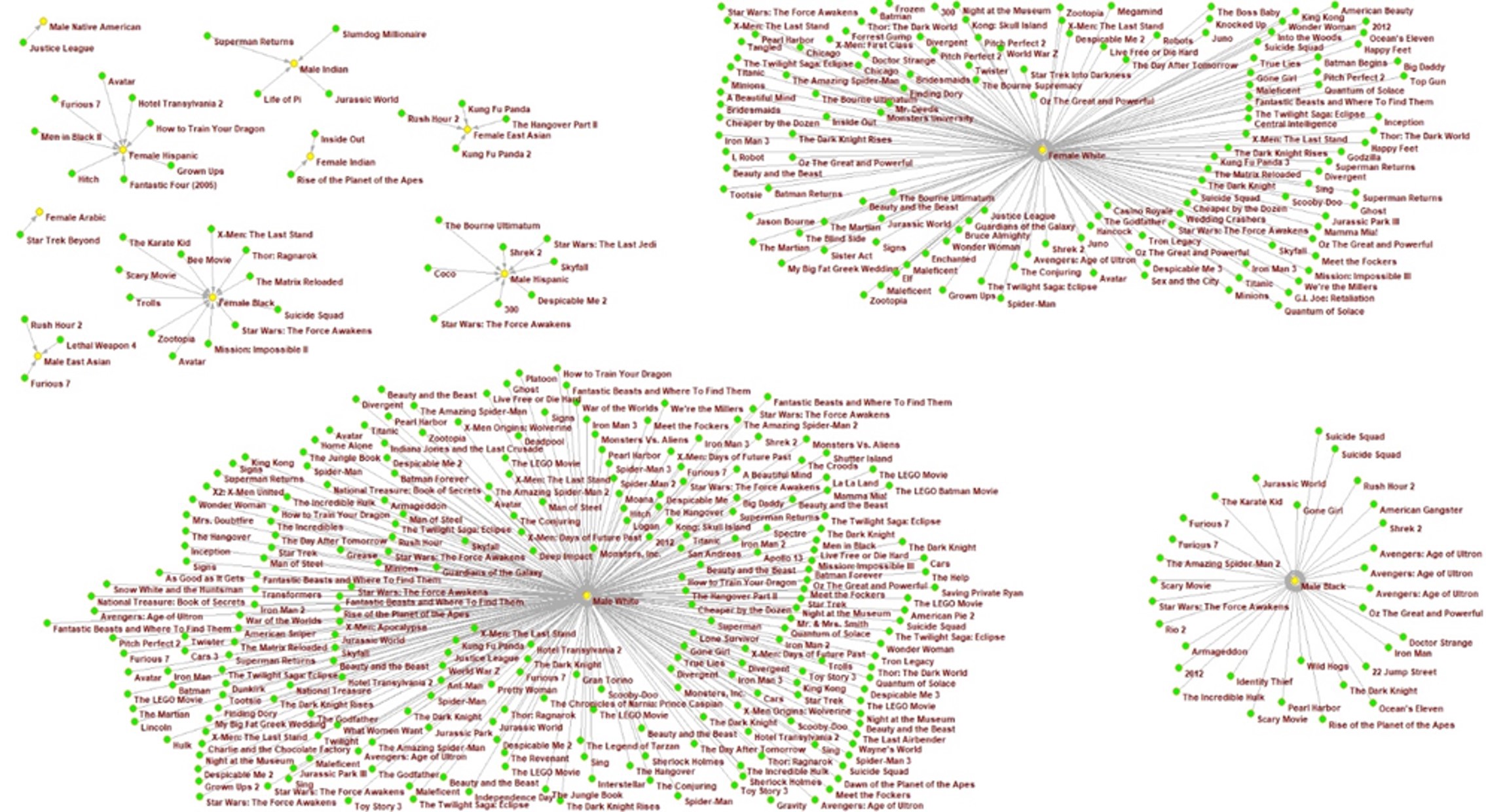
When looking at the chart above, most actors are in the Female White (top right cluster) or Male White (lower left large cluster) categories. However, there is a significant number of Male Black (lower right) actors and a large variety of other combinations of gender and race (top left), although their film outputs are much smaller.
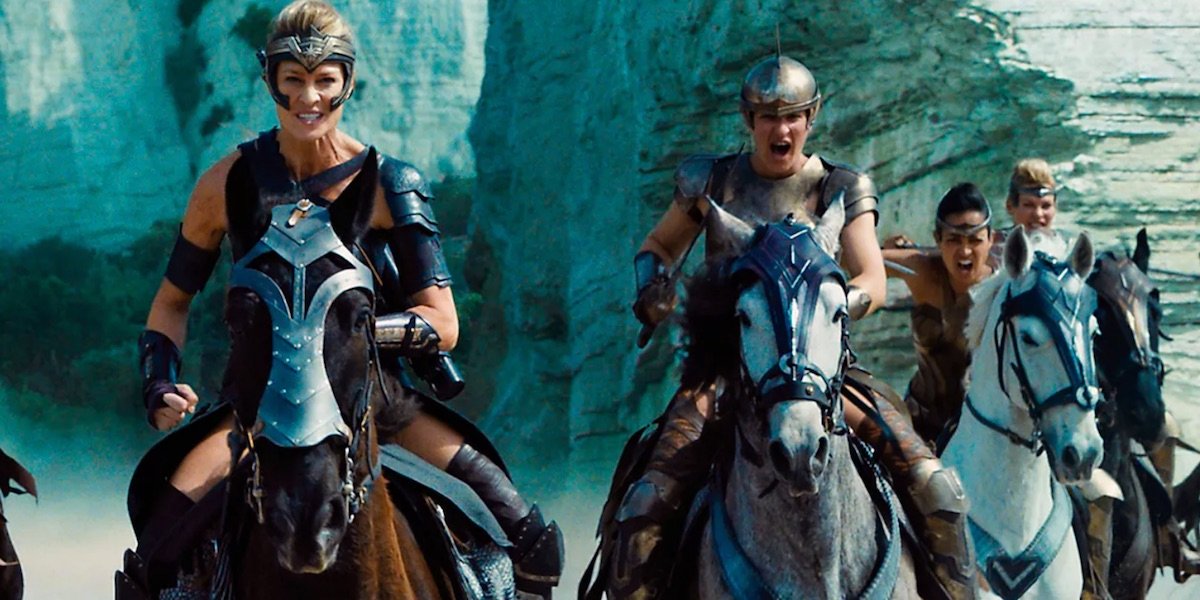
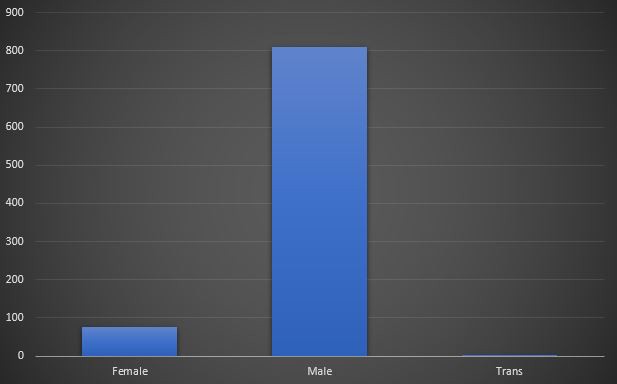
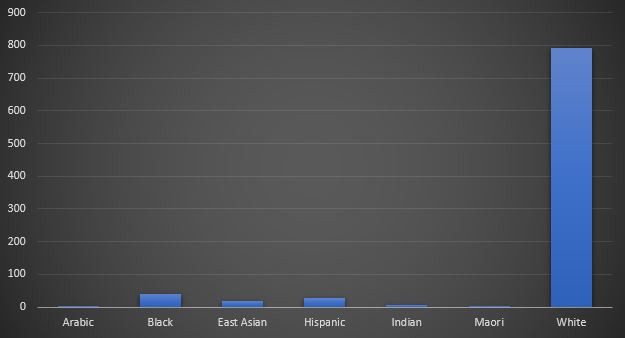
Pretty clear what type of person makes up the directors in Hollywood.
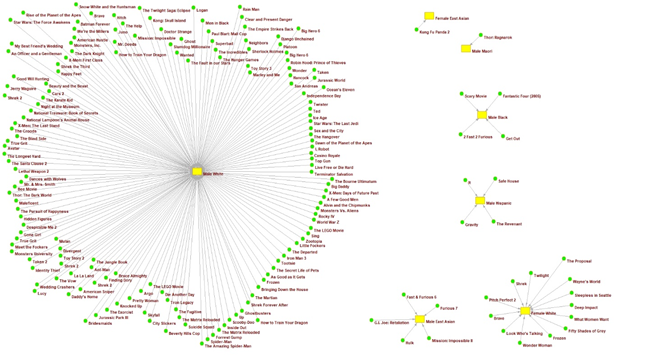
When looking at the visualization above, the amount of Male White directors (the huge cluster) is overwhelmingly larger than any other race and gender combination. The non-male, non-white clusters are limited and if they are represented in the cluster, they are very small in size, meaning the number of films produced is few. The evolution of the race and gender of directors is not evolving as quickly as that of actors, if at all.
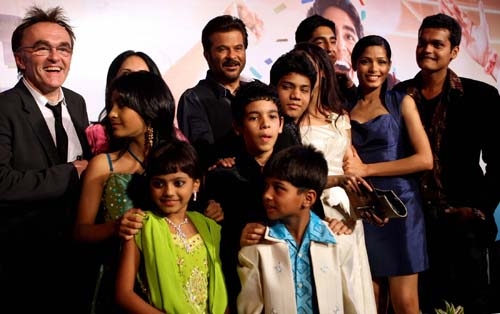
Considering directors are the supervisors of the stories told through the medium of film, the fact that they are a majority white males, while the actors who are playing these stories are more diverse, shows us that racially diverse films are rarely being created by racially diverse filmmakers. White male filmmakers are assuming the perspective of non-white characters. What viewers see onscreen might be more diverse, but the stories are still being told through the lens of white men.
Obviously, there is more diversity in the physical representation onscreen than behind the cameras — meaning the people who are telling the stories are not those who are representing the stories. There appears to be no monetary reason for this, as the films by white directors and non-white directors have close to the same box office gross. While there is still a major inconsistency between race and gender in actors, the race and gender of filmmakers are even less varied. Those making the films do not share the identity of the characters represented by the film but have the most control of the medium. While representation is better than it was in the past decades, the improvement needs to be equal on both sides of the camera. Without non-white, non-male directors, the films being produced may have a racially diverse cast, but it is still coming from the same viewpoint — the white male gaze.
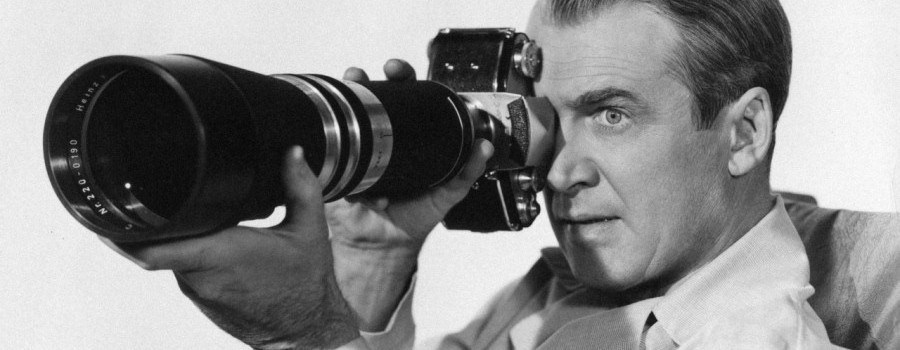
(This article was originally published by Sarah Erskine on Medium.)